Discovering The Secrets Of Asteroid Nestor
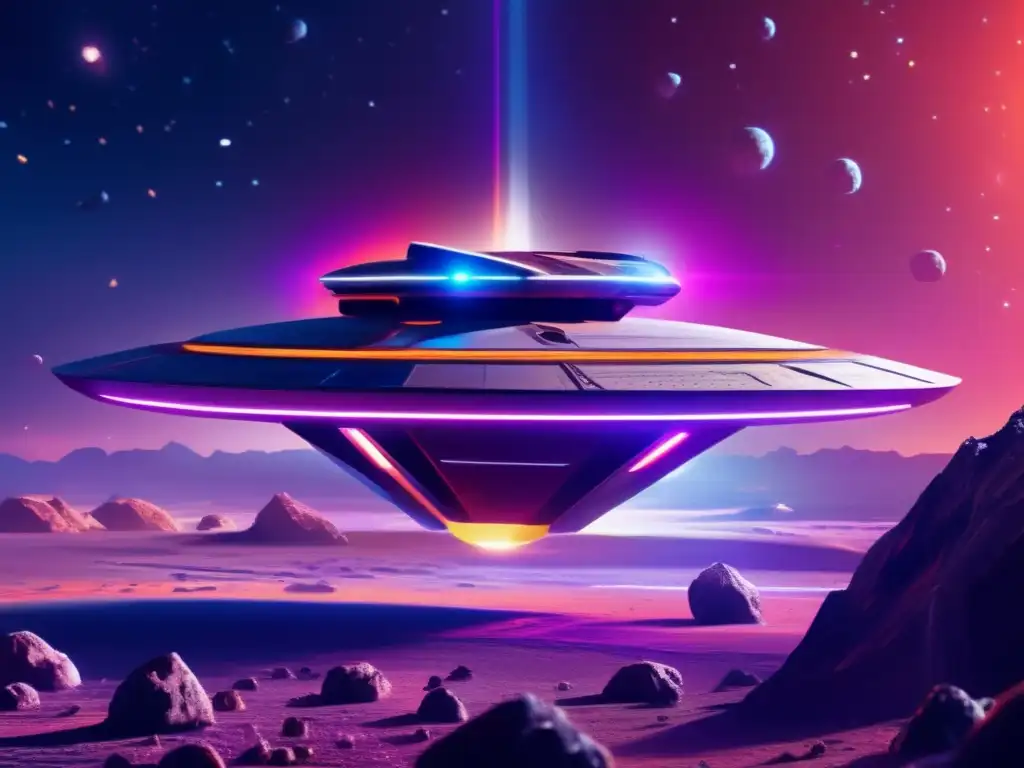
Introduction
Asteroids have long captivated the curiosity of scientists and enthusiasts alike. One such intriguing celestial object is Asteroid Nestor. In this article, we will explore the fascinating details surrounding this asteroid and uncover the secrets it holds within the vastness of space.
The Origins of Asteroid Nestor
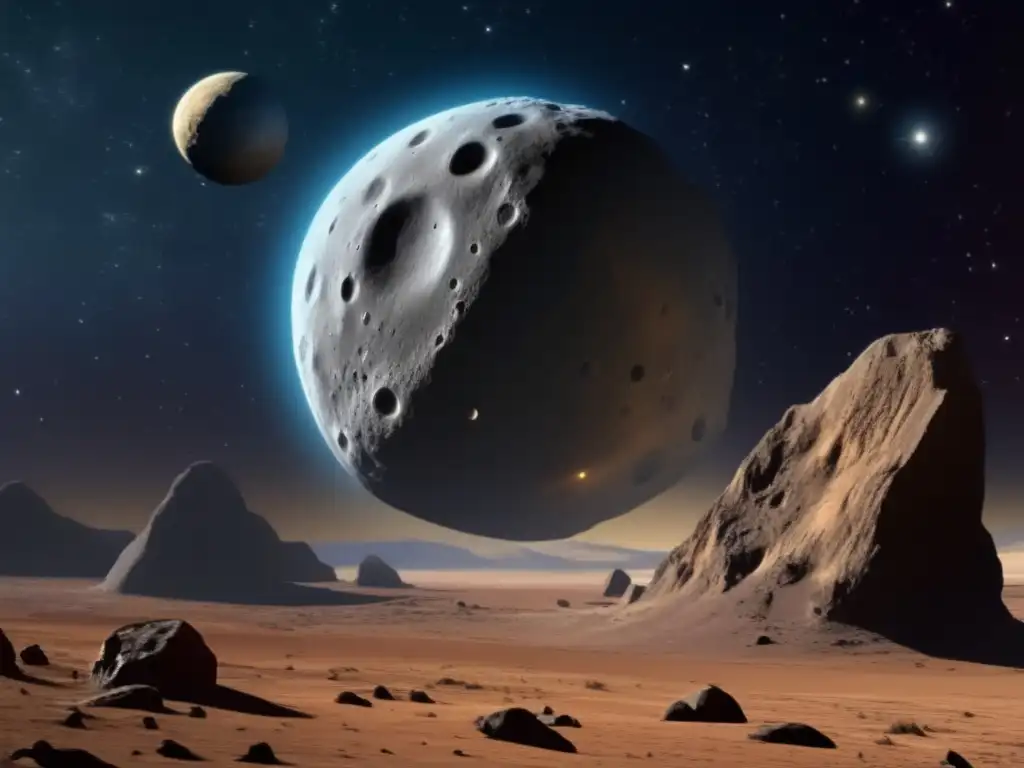
The Formation of Nestor
Asteroid Nestor, officially known as 385250 Nestor, was discovered on January 30, 2004, by astronomers at the Mauna Kea Observatory in Hawaii. It belongs to the Apollo group of near-Earth asteroids and is classified as a potentially hazardous object due to its proximity to our planet.
The Physical Characteristics of Nestor
Asteroid Nestor measures approximately 800 meters in diameter, making it one of the larger known asteroids. Its surface composition is primarily composed of carbonaceous material, suggesting a potential link to organic compounds and providing valuable insights into the origins of life in the universe.
Nestor's Orbital Path
Nestor follows an elliptical orbit, crossing the paths of both Mars and Earth. Its closest approach to our planet occurs every few years, allowing scientists to study it in more detail during these flybys. This presents unique opportunities for further exploration and research into the mysteries of this celestial body.
Investigating Nestor's Composition
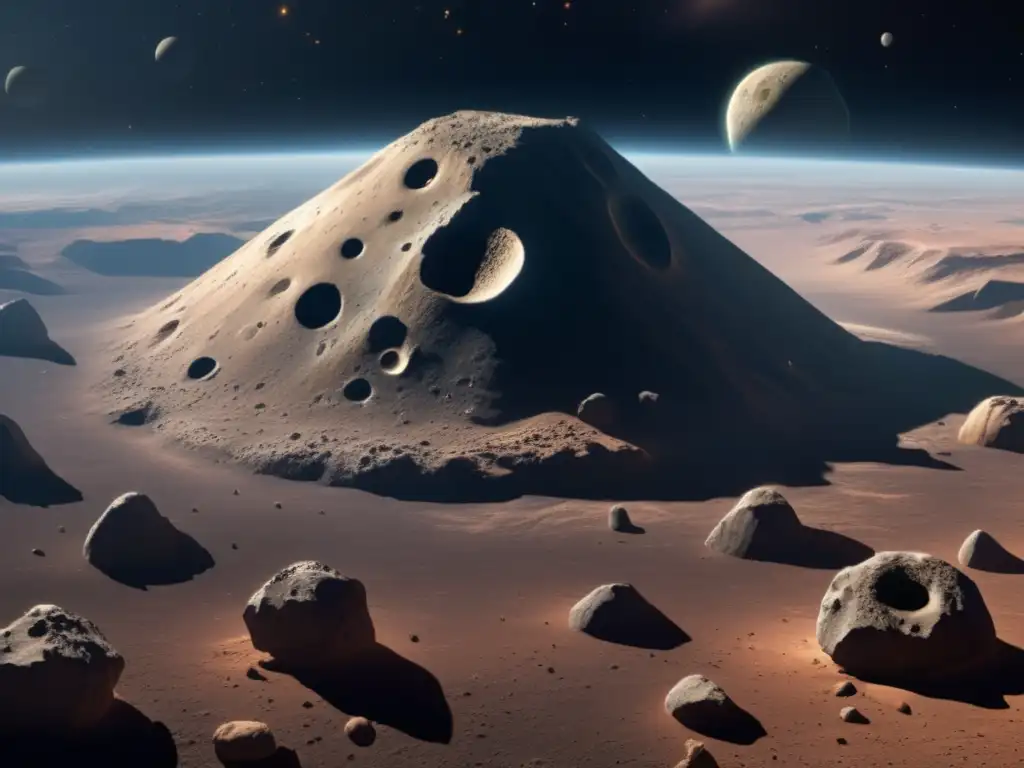
Spectroscopic Analysis
Through spectroscopic analysis, scientists have determined that Nestor contains various minerals and volatile elements. By studying the reflected light from its surface, researchers can gain insights into its composition and potentially uncover clues about the early solar system.
Possible Organic Compounds
The presence of carbonaceous material on Asteroid Nestor raises intriguing possibilities. Organic compounds, essential for the development of life as we know it, have been found in similar asteroids. Scientists eagerly study Nestor in the hopes of discovering further evidence of these vital building blocks.
Impact on Earth
While the chances of an asteroid impact are currently remote, understanding the composition of asteroids like Nestor is crucial for developing strategies to protect Earth from future potential collisions. The knowledge gained from studying Nestor contributes to our ability to assess and mitigate the risks associated with near-Earth objects.
The Future of Nestor Exploration

Upcoming Missions
As technology advances, scientists are planning ambitious missions to explore and study asteroids up close. While Nestor has not been specifically targeted for a mission at present, the discoveries made through upcoming missions will contribute to our understanding of asteroids like Nestor and pave the way for future exploration.
Collaborative Efforts
International collaborations between space agencies and research institutions play a vital role in advancing our knowledge of asteroids. By sharing resources, expertise, and data, scientists can pool their knowledge and accelerate our understanding of these celestial objects, including Nestor.
Citizen Science Contributions
Amateur astronomers and citizen scientists also play a significant role in observing and cataloging asteroids. Their contributions, combined with professional efforts, contribute to a deeper understanding of asteroids like Nestor and provide valuable data for ongoing research.
Frequently Asked Questions

-
Is Asteroid Nestor a threat to Earth?
Asteroid Nestor is classified as a potentially hazardous object due to its proximity to Earth. However, current predictions indicate no imminent danger of impact in the near future.
-
What makes Asteroid Nestor special?
Asteroid Nestor's large size and carbonaceous composition make it an intriguing target for scientists studying the origins of life and the early solar system.
-
Are there any upcoming missions to explore Asteroid Nestor?
As of now, there are no specific missions planned for Asteroid Nestor. However, future missions aimed at exploring other asteroids will undoubtedly contribute to our knowledge of Nestor-like objects.
-
How can I contribute to asteroid research?
You can participate in citizen science projects or join astronomy societies to contribute observations and data on asteroids. Additionally, supporting space agencies and scientific institutions involved in asteroid research helps advance our understanding of these celestial objects.
-
Where can I find more information about Asteroid Nestor?
For further information, you can visit reputable astronomical websites, academic journals, or scientific publications. These sources provide valuable insights and updates on the latest research regarding Asteroid Nestor and other similar celestial bodies.
Conclusion
Asteroid Nestor offers a glimpse into the mysteries of the universe and the origins of life. Through spectroscopic analysis and careful observation, scientists continue to uncover the secrets hidden within this fascinating celestial object. While more exploration and research are needed, our understanding of asteroids like Nestor is constantly evolving, paving the way for future discoveries. Join us at Asteroid Realm in our quest to unravel the secrets of these incredible celestial bodies.
Encourage the reader to share their thoughts in the comments section and to positively interact with www.asteroidrealm.com, whether by subscribing, sharing the article on social networks, or other forms of participation. Thank the reader for their time and attention.
Additional Resources
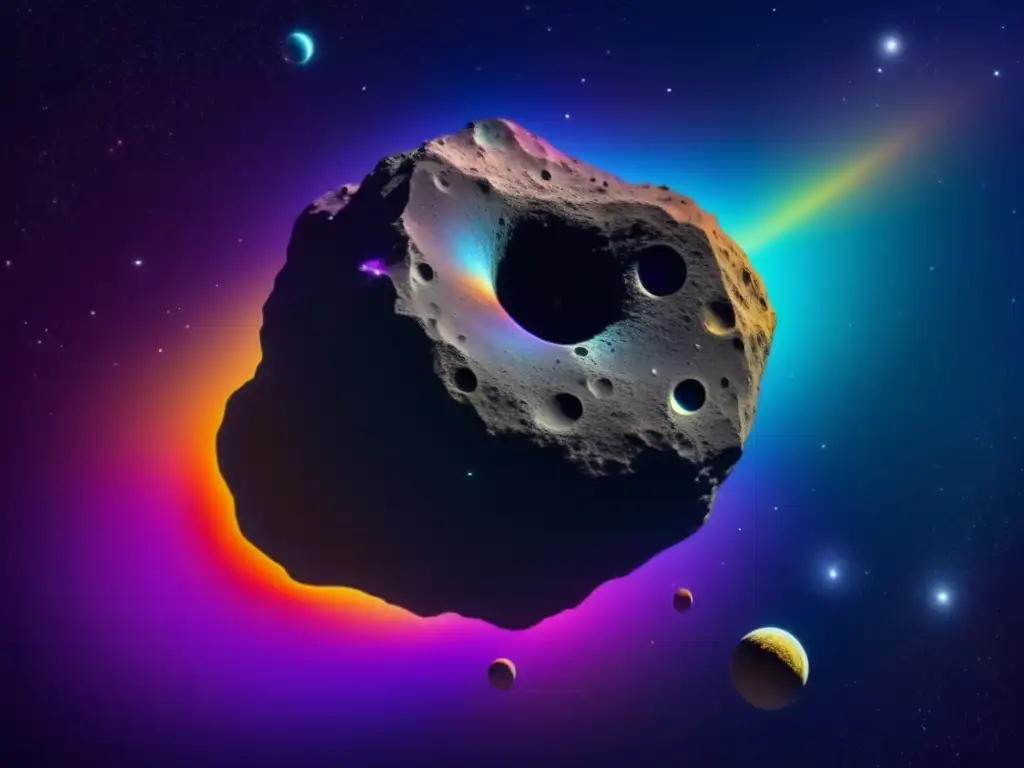
For further information on asteroids and related topics, please refer to the following resources:
- NASA's Asteroid Exploration
- International Astronomical Union - Asteroids
- Universe Today - Asteroids
- ScienceAlert - Asteroids
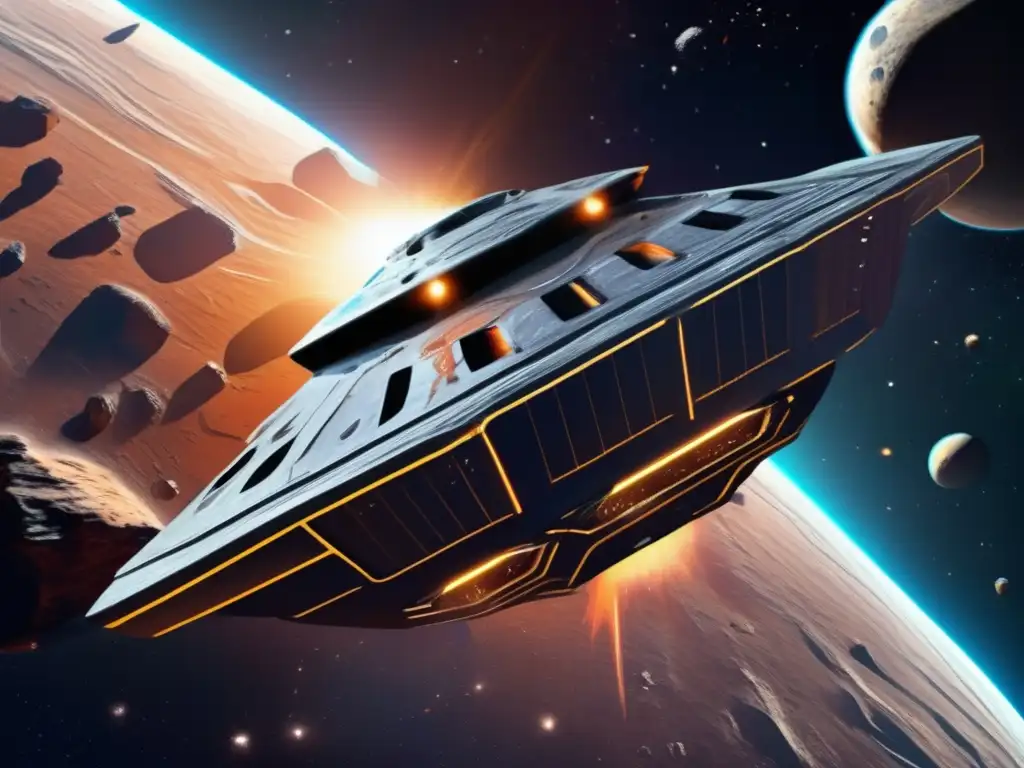 Uncovering The Unique Features Of Asteroid Deucalion
Uncovering The Unique Features Of Asteroid Deucalion The Tale Of Asteroid Euryalus
The Tale Of Asteroid Euryalus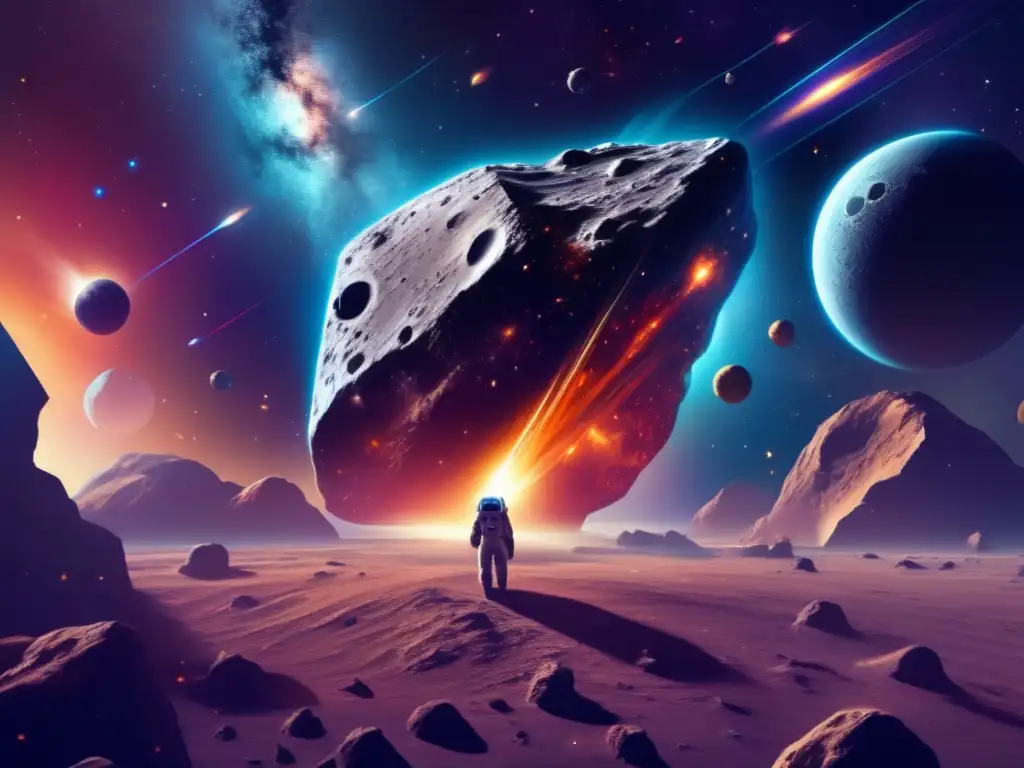 The Intriguing Nature Of Asteroid Diomedes
The Intriguing Nature Of Asteroid DiomedesIf you want to discover more articles similar to Discovering The Secrets Of Asteroid Nestor, you can visit the Asteroid Profiles category.
Leave a Reply

Articulos relacionados: